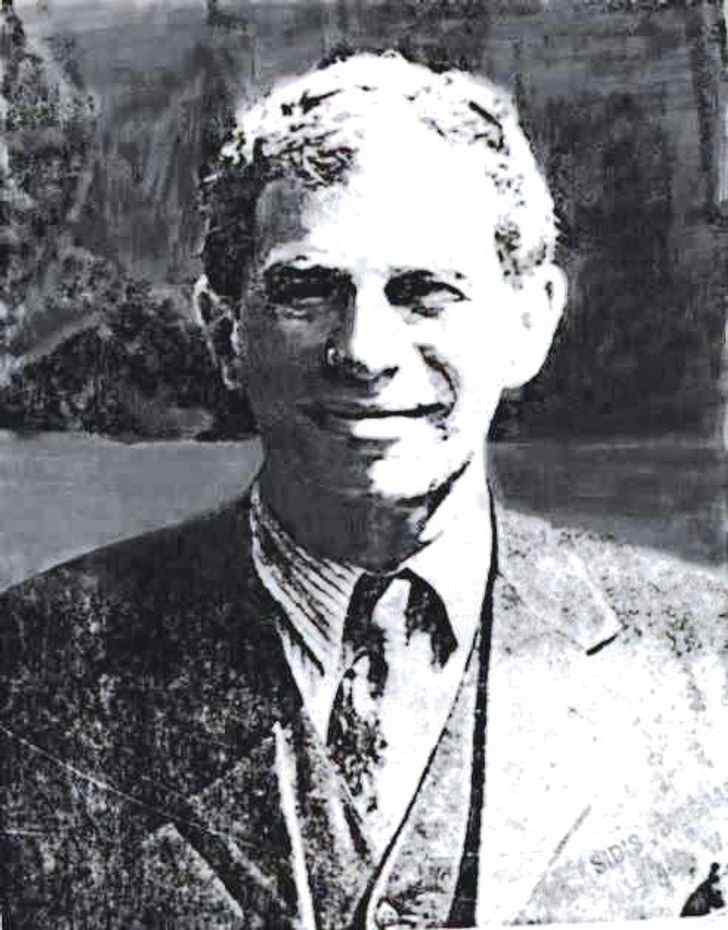
Albert Einstein’s IQ was believed to be 160, Issac Newton’s IQ was considered to be 190, and Mark Zuckerberg’s IQ was judged to be 152. These world-famous men are regarded as exceptional geniuses. However, there was once a person with an IQ of between 250 and 300! William James Sidis was a child prodigy and an excellent mathematician who became the most intellectual man to ever walk the Earth. He was a skilled author as well as a master of several dialects. Unfortunately, few people have heard of him.
He could speak eight languages at the age of eight.

William was born in 1898 in New York City. Boris, his father, was a brilliant psychologist with four Harvard degrees. His mother was also a physician. Because both of his parents were geniuses, William James Sidis was anticipated to be smart as well, but his IQ was considerably above average.

He was able to read The New York Times at the age of 18 months. He had learned Latin, Greek, French, Russian, German, Hebrew, Turkish, and Armenian by the age of eight. In addition to those eight languages, he created his own, which he named “Vendergood.”
He became the university’s youngest student.

His father, who was well aware of his intelligence, attempted to enrol him in Harvard but was turned down because William was only 9 years old at the time. William became the youngest person to be admitted to Harvard in 1909, when the institute accepted him two years later. By 1910, his mathematical skills had advanced to the point where he began educating his instructors instead, garnering him the moniker “child prodigy.” At the age of 16, he earned his bachelor’s degree in arts.
He made the decision to live in seclusion.

It can be exhausting to be famous, especially if you are exposed to it at an early age. William informed reporters shortly after graduating that he desired to live the “ideal” life, which he described as one of solitude. He also stated that he had no intention of marrying because women did not appeal to him.
His decision reflected the pressure he had been under since birth, in addition to the unwanted fame. During that period, America felt that the correct education could convert children into prodigies. William’s father, a great psychologist, was determined to make his son shine like a star. To accomplish this, he used his own psychological tactics to raise and drive his son. William enjoyed learning as a child, but as an adult, his perspective changed, and he resented his father for it. In 1923, when Boris died, William declined to attend his burial.
He was given an 18-month jail sentence.

William did low-paying secretarial jobs, as most geniuses do in order to keep a low profile. Even so, he’d be recognised by others, leaving him with no choice but to change jobs again. Reporters spotted him working a $23-per-week job in 1924, making headlines once more, but this time mocking his intelligence and claiming he was no longer capable of achieving what he accomplished as a child. This was not the case, as William wrote numerous valuable publications under various pseudonyms during his life.
He was a socialist and a World War I conscientious objector. In truth, he was caught in Boston in 1919 for a riot that turned violent, and he was sentenced to 18 months in prison. His parents, on the other hand, discovered a way to keep him out of jail by locking him up for two years in their sanatorium.
An unfortunate death at 46

William has spent his entire life damaged and alone. He worked as a machine runner and did tiny jobs to make ends meet, estranged from his family. In 1944, the guy who had the potential to transform the world died an untimely end as a nobody, at the age of 46, from a brain haemorrhage. Surprisingly, his father perished from the same illness.
What are your thoughts about William’s tale? Were you aware that someone with an IQ of 250-300 used to exist?
Preview photo credit Wikimedia Commons, Wikimedia Commons
